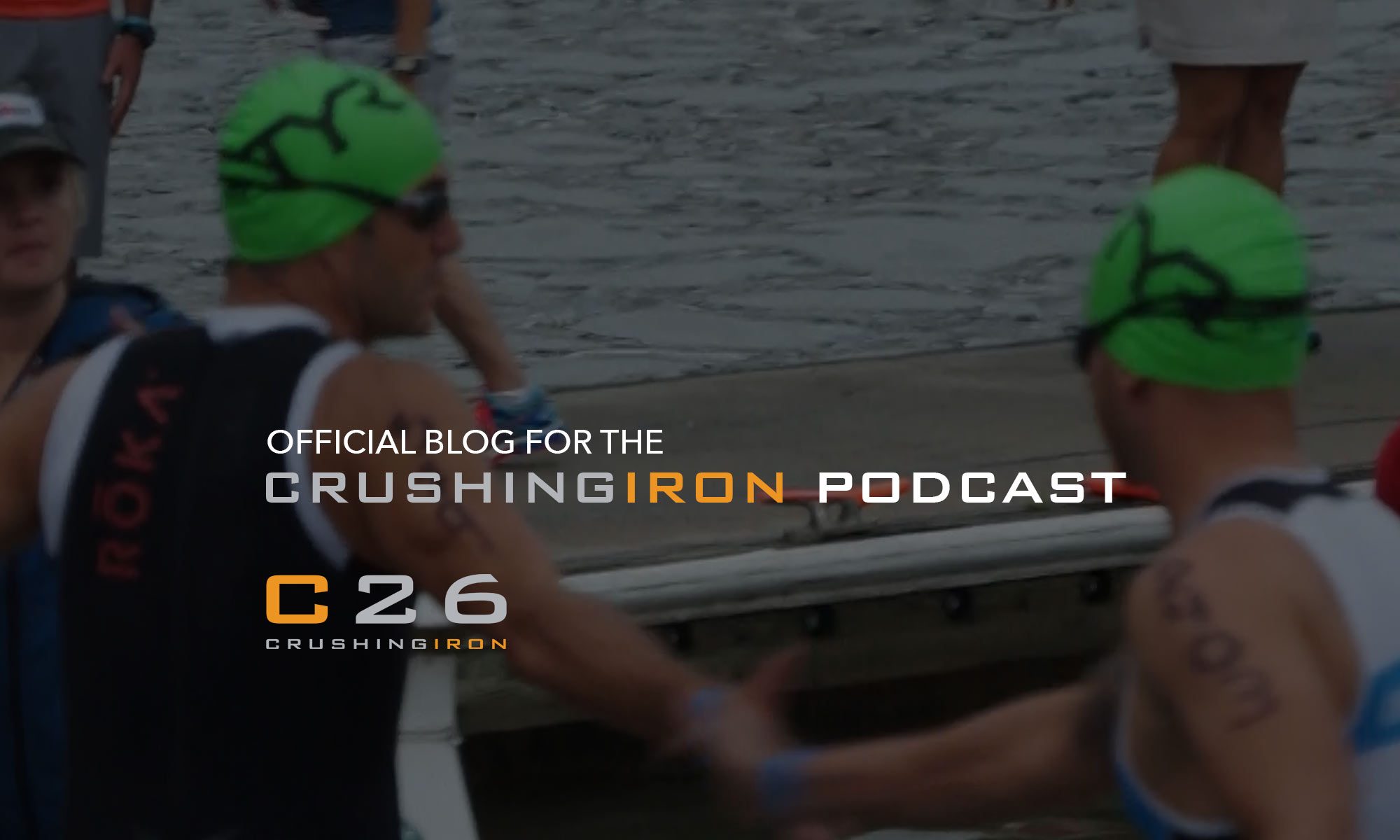By Mike Tarrolly
Everyone seems to be fascinated by the Negative Split but it’s almost as rare as the Northern Hairy-Nosed Wombat.
A negative split or the action of negative splitting is a racing strategy that involves completing the second half of a race faster than the first half. It is defined by the intentional setting of a slower initial pace, followed by either a gradual or sudden increase of speed towards the end of a race.
A negative split seems fairly manageable during stand alone bike or run races, but when you mix the concept into a batch of triathlon, it seems silly. Especially the thought of negative splitting and Ironman marathon.

The reality is . . . we probably deceive ourselves of our real capabilities. I know I do.
For most of my Ironman marathons, I’ve gone in with a 9 minute pace goal. But I invariably start the race at a 9 minute (or less) pace for the first couple miles. Then, that slowly deteriorates into something closer to 10, then over 10 and I wind up running a 4:20 (which is a 10 minute pace and I’ve done it three out of 4 times).
The other problem is, I’m likely not in shape to run a 9 minute IM marathon. I say that because I think the best I could do in an open marathon is about 8:30, but for some reason I think I can run a 9 minute pace after 112 miles of cycling?
I should probably focus on getting my IM marathon under a 10 minute pace and to do that I should start at 11 minute miles for the first three then inch it down. I’ve proven going out fast doesn’t work in 70.3’s either. Starting below 8, only to scratch and claw for 9’s toward the end.
Anyway… in today’s podcast we take a closer look at why we know a negative split is the right approach, but screw it up every time. We also look at ways mental approaches to give yourself a better shot at going out slow. Enjoy!
